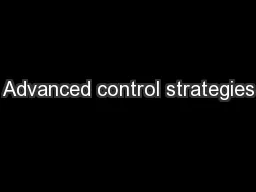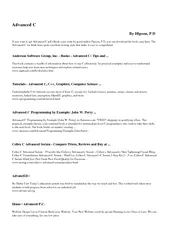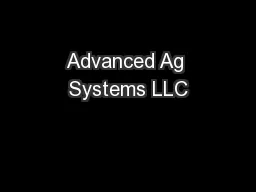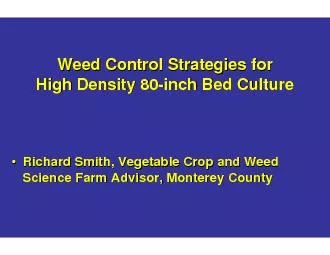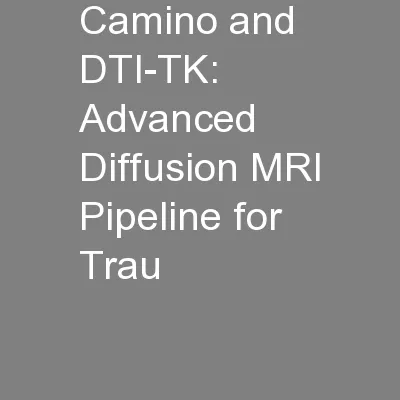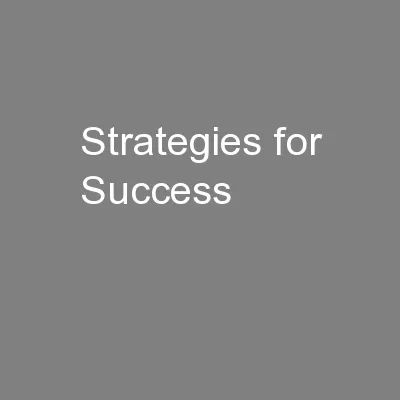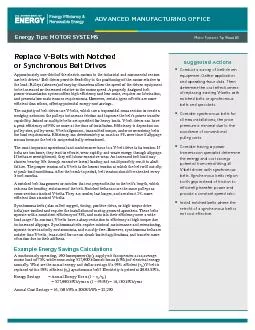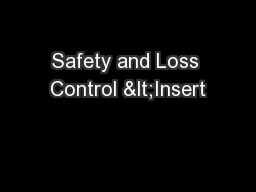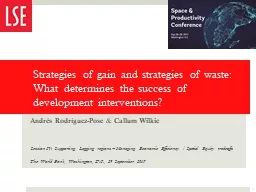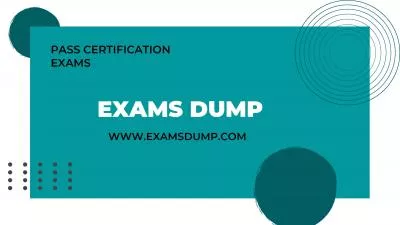PPT-Advanced control strategies
Author : stefany-barnette | Published Date : 2018-09-22
CONTROL SYSTEMS The process parameters which are measured using probes described in the previous sections may be controlled using control loops A control loop consists
Presentation Embed Code
Download Presentation
Download Presentation The PPT/PDF document "Advanced control strategies" is the property of its rightful owner. Permission is granted to download and print the materials on this website for personal, non-commercial use only, and to display it on your personal computer provided you do not modify the materials and that you retain all copyright notices contained in the materials. By downloading content from our website, you accept the terms of this agreement.
Advanced control strategies: Transcript
Download Rules Of Document
"Advanced control strategies"The content belongs to its owner. You may download and print it for personal use, without modification, and keep all copyright notices. By downloading, you agree to these terms.
Related Documents

